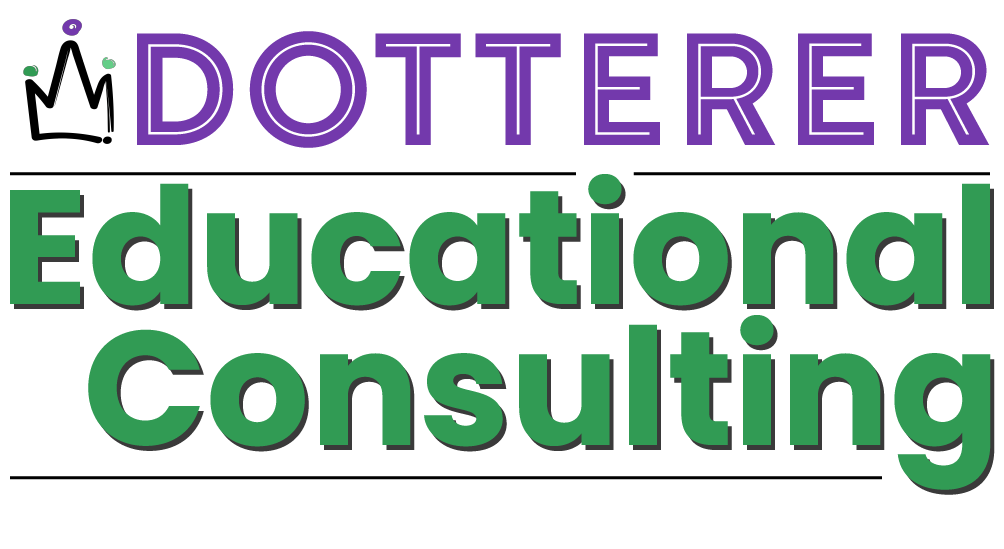Which handwriting program should my school district invest in? I get asked this question often. I was asked in last Saturday’s Dotterer Dysgraphia Webinar. This time, it was from a parent. She asked me which program I think her child should be using at their local school district. Some of the curriculums mentioned were the Size Matters Handwriting Program (SMHP), Handwriting Without Tears (HWT), and Fundations. There are other programs. These three are popular across the United States. She also added, should my child be instructed in cursive?
My response is Yes. Yes, to all, and no to all programs.
Now, wait just a minute. I know. I can hear you saying that right now.
The question was, which curriculum is best?
Engel, Zurawski, & Travers (2018), they reviewed 13 handwriting curriculums. Out of the 13 systems they reviewed, no program is better than another. The real issue is not the curriculum itself; it is consistency and adaptability.
Consistency
Each program has a platform to instruct how to form letters and numbers. Consistency across the entire school is crucial. All teachers need to be using the same vocabulary and techniques to support students. For instance, student A attends teacher Z’s class in kindergarten. Teacher Z instructs using the Size Matters Handwriting Program. Student B attends Teacher Y’s class, which uses the Handwriting Without Tears system. Student C attended Teacher X’s class, which uses Fundations. Each program is similar in some methods of instruction that is research-based. However, each differs in how they implement the core research to their specific curriculum.
Students A, B, and C advance to the next grade level. They are each placed in a room where the teacher uses a different system. Students with a disability struggle to recall what they learned in the previous year. Now the instructional delivery has changed. Confusion abounds.
Program consistency throughout the school district is paramount. Curriculum implementation must be completed with fidelity for most students.
Adaptability
It is the outliers in which fidelity needs to be thrown out the window. Students who struggle need us to maintain consistency with the school district’s choice. However, adaptability is where we can be flexible and creative without losing fidelity. But be cautious how far you adapt! Changing a system too much causes confusion.
After evaluating and working with students, gain their perspective by asking them their understanding. First, examine their recall and letter/number recognition. Next, gain their perspective on the paper they will be using. Then, adapt paper and letter appearance based on their current understanding as you make adaptations. Also, explicitly educate students when you decrease or add lines to their handwriting paper. I did this with a group of third-grade students. They had no idea why lines were being eliminated as they grew older. The teacher was unaware that explicit instruction on handwriting paper is a foundational step.
Consider the student’s learning style. Maybe they need video instruction. There is a wonderful course on YouTube for handwriting instruction, The TV Teacher. I interviewed the creator of the program.
Second, consider the cost. I know of an unpublished project that was completed in NY state. The school district used SMHP, HWT, and the TV Teacher in separate classrooms. First, they examined how well students learned and retained letter production. Then, after six months, they reviewed the data. Teachers were then able to change curriculums. Next, they examined how the change impacted the students.
The switched the two paper-based programs caused confusion due to the inconsistency. However, The TV teacher was universally accepted by all students. Teachers explicitly adapted the videos to the paper-based program. Ultimately, the school district purchased The TV Teacher and over-the-counter handwriting paper that was not associated with one curriculum. The cost-benefit analysis of the programs vs. student achievement was the deciding factor.
In summary, worry less about the program and more about the student’s perspective and understanding of the curriculum. Be consistent across the school district. Adapt as needed to support specific students.
More feedback on cursive is coming next week.
Engel, C., Lillie, K., Zurawski, S., & Travers, B. G. (2018). Curriculum-based handwriting programs: A systematic review with effect sizes. American Journal of Occupational Therapy, 72, 7203205010. https://doi.org/10.5014/ajot.2018.027110

